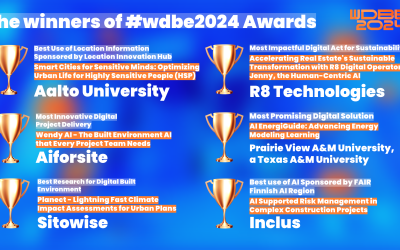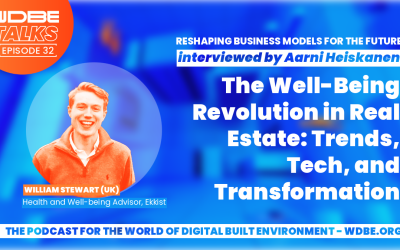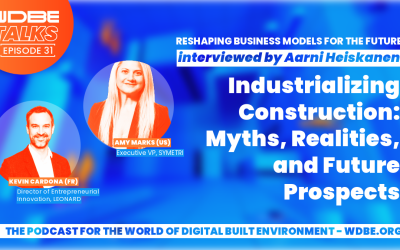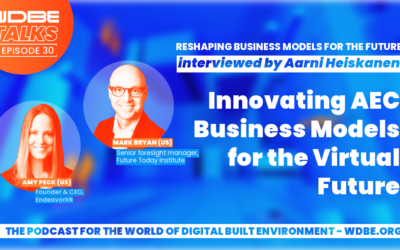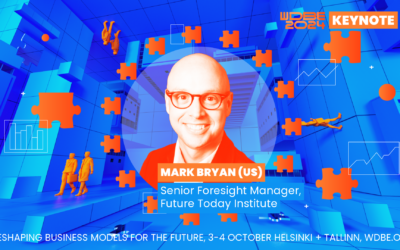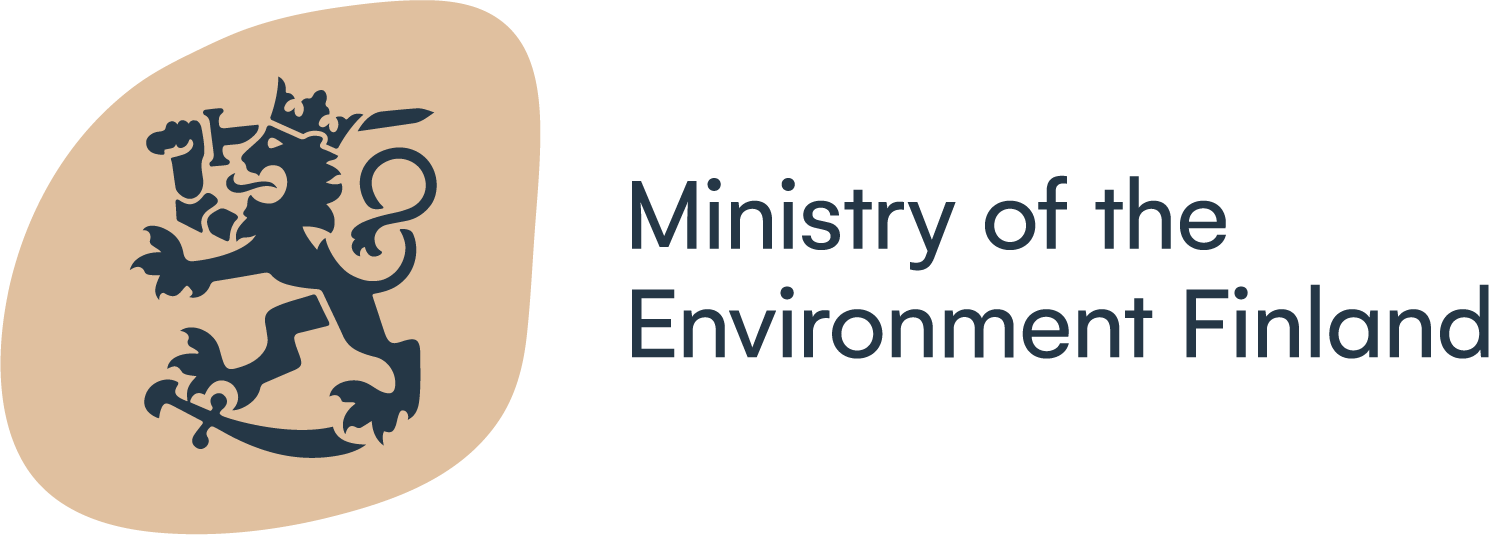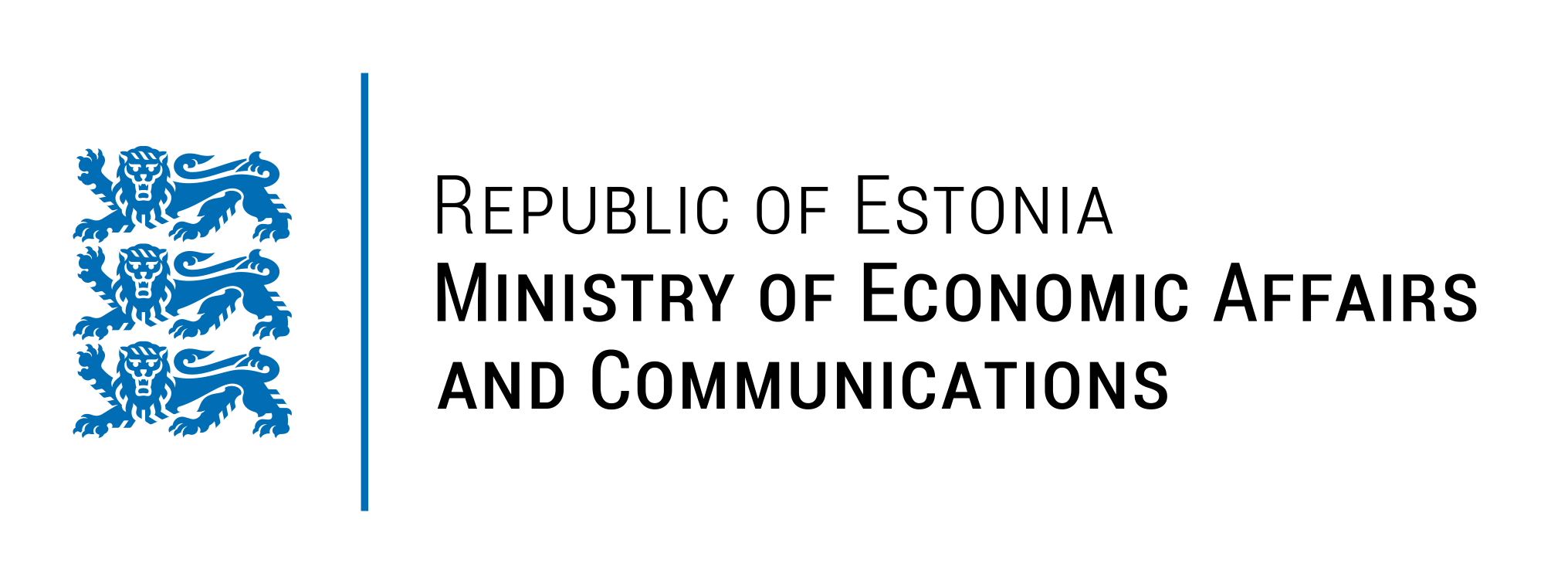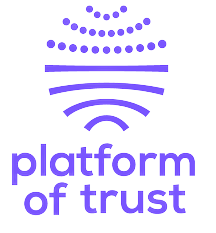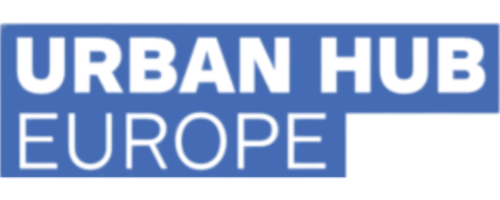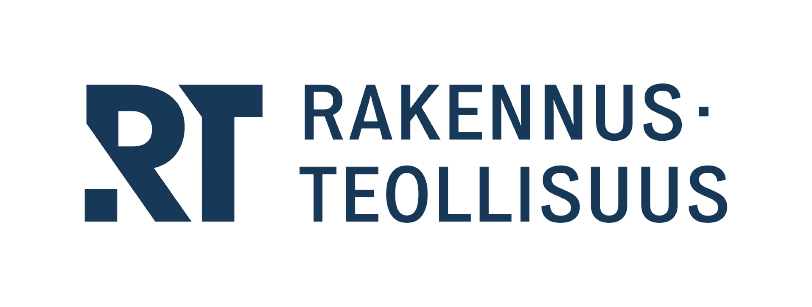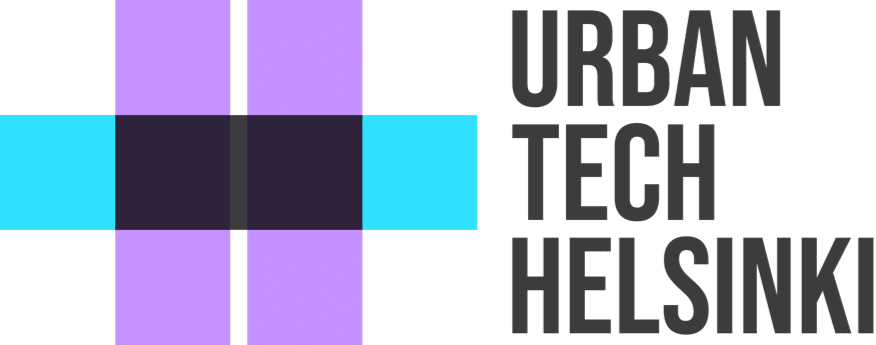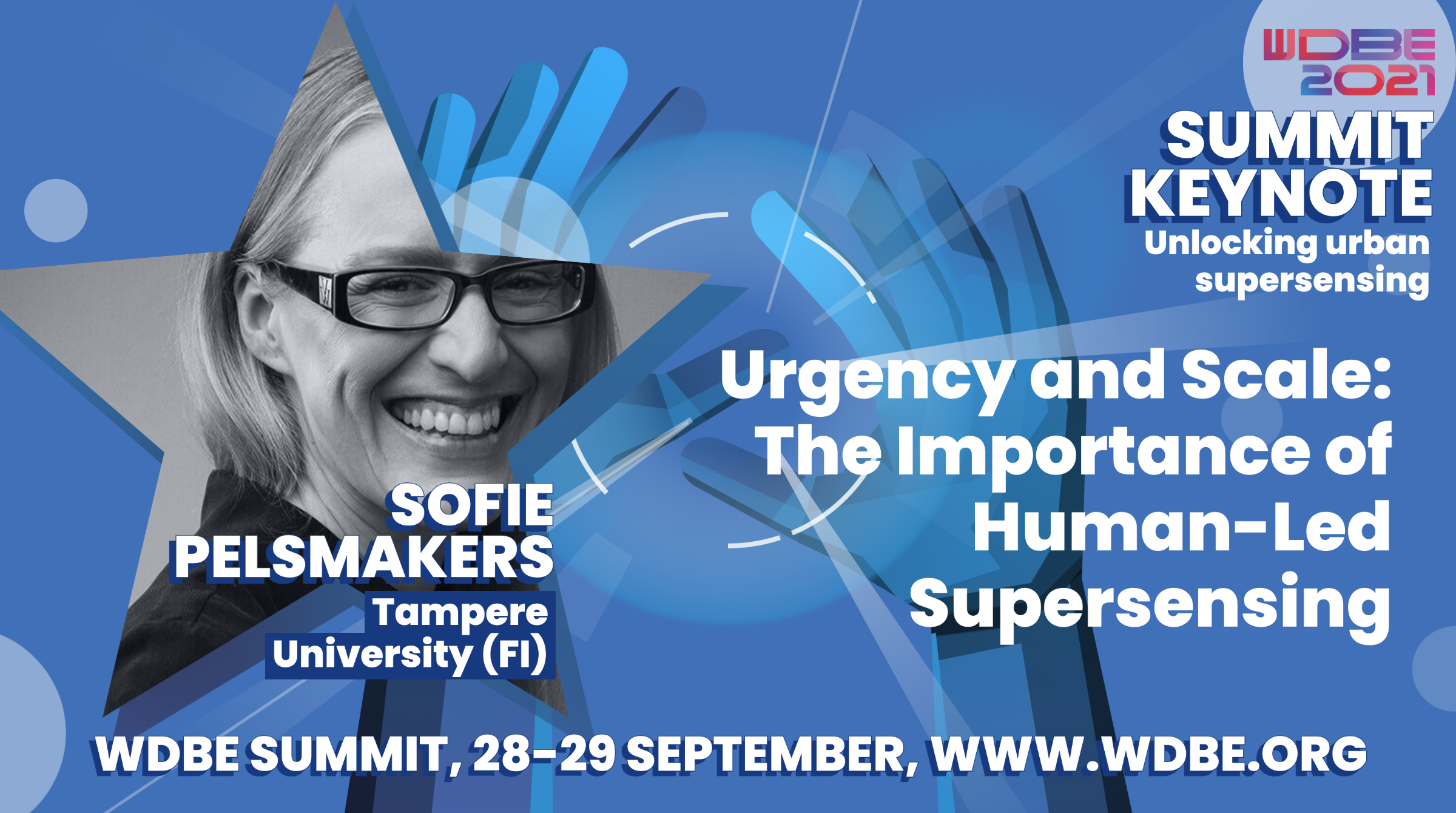
WDBE UPDATES // Meet our keynote speaker!
Urgency and Scale: Discussing the Importance of Human-Led Supersensing with Sofie Pelsmakers.
In the run-up to WDBE 2021, we talked with Dr. Sofie Pelsmakers, the Associate Professor for Sustainable Architecture and Sustainable Housing Design at Tampere University. Our conversation covered the importance of implementing human-led sensor technology, the need for continuous research, and the role urban supersensing can play when it comes to sustainability and improving quality of life.
Thanks for taking the time to talk with us, Sofie. Could you just tell us a little bit about yourself, your career to date, and what you’re currently working on?
I was born in Belgium, and I’m a bit of a particular case because I studied architecture in the mid-90s in Belgium and wasn’t sure, after a few years, if I wanted to be an architect. I met some Erasmus students from the UK and ended up moving to London, working for a bit, and realized the kind of architect I wanted to be.
Belgium was very non-contextual. I felt like I was being trained to just design pretty buildings, for no real reason, for rich people. And coming from a working-class background, I didn’t really fit in and understand that at all. I then ended up leaving traditional practice for good to do more academic work. I ended up doing a sustainability degree, and then teaching [the subject] and becoming a head of sustainability at a pretty large housing practice – Levitt Bernstein in London. Then I did my Ph.D., and – of course – Brexit happened the week before I finished my Ph.D. [laughs]. So, after Brexiting to Finland via Denmark, I’ve been here now two years, and I’ve just got promoted to associate professor at Tampere University. On paper, I lead a sustainability research group, but honestly, it’s more that I have the privilege to represent them. They’re an awesome team of people from all different research areas, with a focus on sustainable housing in particular. So, we cover elements of sustainability, adaptability, and inclusive design. That’s flexible building, using material resources, energy usage, and so forth. It’s an amazing group of young and very clever scholars.
Is there a difference between public, professional, and academic understandings of sustainability? Is there anything we’re missing?
Generally, when people think about sustainability, it’s “doing things a little bit better,” which translates to minimizing impact. But one of the big problems we face is that ‘minimizing impact’ was something that would have helped us mitigate climate change. We haven’t done enough of that minimization at the scale we needed and not deeply enough. We now need gigantic transformation and transition. That’s a different conversation and degree of understanding things. It’s a much more fundamental adjustment. It’s a real shift in a debate in the industry and in academia. Of course, we recently had the IPCC report, but those working in the field have known this was coming for years. We’ve moved past mitigation and into adaptation alongside mitigation. We have to prepare the built environment for change. For hotter summers. For more flooding. It means preparing for using resources differently. And we as a profession need to adapt to ensure that our buildings and our industry can adapt.

Get your ticket to the WDBE Summit 28–29 Sept 2021 (199€ + VAT)
Obviously – tracking, measuring, and managing that change is a significant undertaking.
It’s, of course, very tricky because there’s not any examples that have happened. How do you measure it? It’s here where monitoring changes and digital technologies can help us achieve and validate what we currently think will work in design. It’s also essential to make sure that any changes we make are sufficiently universal. That our buildings can support different people and future generations but don’t fall into the trap of being so universal that people can’t personalize or change it. This is one other interesting future for urban sensing which shows and validates how spaces can and should be used differently in the future.
Could you speak to the role that this sensor technology plays in your work and research at the moment? What is the reality when it comes to delivery?
At the moment? There’s a big gap between the idea of sustainable housing development and then what is actually delivered. We call it the performance gap. It can be caused by constructions that didn’t quite make it from the drawing board to reality because of material specifications or weather conditions during construction. Things can go wrong, and our models are not very good at predicting things. Urban sensing can monitor how buildings work in reality. But that also goes for the behavior of people. That’s where sensors can play a major role in the reality of how people use their homes. It’s asking a lot of questions. How is heating being used? What if we track this against humidity? Are windows open at the same time people are heating spaces? What we’re doing is gathering information, and urban supersensing lets us make it easier for people to make the right, informed decisions. For me, what’s important is that we don’t use urban sensing to manage more active systems. Instead these sorts of sensors and smart technologies can really help change people’s behavior or help automate passive measures. Passively cooling spaces by triggering the opening of windows or opening and closing blinds to respond to the presence of sunlight or daylight. There is a danger that it’s thoughtlessly mechanized but, if implemented correctly, I actually think that we can run a lot of passive activations that way.
Embedding this technology also carries risk. Do the ethical obstacles worry you?
Of course, it’s about the collection of data. Embedded sensors capture very personal data about you when you get up, when the light goes on, when you have a shower, how long you’ve been in your shower [laughs]—your water and energy usage. There have been data breaches, and I think anyone would be concerned about what happens with that much personal data. I do think that’s an obvious ethical challenge. But one of the other dangers is – as we move into automated housing and embedded sensors – that we don’t have one estate manager. Every dweller is responsible for their own home, and there’s a genuine risk that you will end up with vulnerable, older people who might not actually be interested or able to use these systems. We must be very careful with the ethical side of using a lot of these systems because we don’t want to end up in a situation where, to live comfortably in a home, you need to be able to use those systems – we need inclusive designs and systems. These kinds of challenges make it so important to look at the discussion from the user perspective and try to understand the real issues and risks and how we can resolve them. I think it means we need more of that collaborative, human-centric approach to technology and sensors in tech, particularly when it’s in homes, before we start rolling it out across the industry. We just don’t have enough knowledge to do that yet, at least not at the scale to mainstream it. Because if we’re not careful, we’re excluding people, and then they’ve been excluded from the benefit, which in itself is unethical.
What do you feel is standing in the way of this change for the sector? Is it conservatism? A lack of understanding?
It’s a tough one, right? Frankly, I think I would say the biggest obstacle is money. Money and lack of regulations. If we were told tomorrow, this is how you have to do it – we would create a systemic change. I mean, let’s think about the pandemic. Would you imagine two years ago, we would be told you now have to work from home, and you have to wear masks on public transport? It’s an immense task but, somehow, governments and communities have managed to do it. When you can show people why this is done – or must be done – for the benefit of the community, then it’s remarkable how many people actually go with it and support it. The climate crisis is as pressing.
But, presumably, enforcement will always prove to be an issue.
The problem is that in democracy and free societies, we don’t think we should have regulation. But we are not going to solve the climate crisis through voluntary actions and without actually creating a level playing field in development. That’s why the construction industry is considered to be quite conservative on the whole and quite slow in moving forward and doing things. The question is: can they see a benefit to them economically?
But still, in certain quarters, I really get the sense of urgency. They need to do something, now when we have to transform everything. But generally there isn’t that sense of urgency and the scale of transformation. We like thinking there are ways to potentially do things a bit better. But we have to shift. It’s like turning the Titanic around and not hitting the iceberg. And if we don’t make regulations, it’s going to keep steering in the direction of the iceberg.
Finally, can you give us a taste of what you’re going to cover as part of your keynote speech at WDBE 2021?
If you look at some of the other speakers, they are covering robotics and other advanced sensor technology. But I think, in many ways, the sector is still in its infancy. What I want to do in my talk is unpick our learning to date and examine solutions in the sector where we’ve seen a positive impact. And… ones where the results were not so great [laughs]. It’s a case of looking at the benefits to residents. Because we’re not a homogeneous group of people who live in the same way. We have different needs, ways of working, amounts of time, and capacities to negotiate with these issues. I think we often forget about that. I think that’s a challenge worth tackling.
Dr. Sofie Pelsmakers will be speaking at WDBE 2021 on September 29, 2021. You can book tickets from here or learn more about the other events and the regularly updated agenda.
More Updates
WDBE 2024 Awards Winners: Highlighting the Advancement of Built Environment
The World of Digital Built Environment (WDBE) Summit announced the winners of the WDBE 2024 Awards which highlight notable digital advancement in the built environment. This year, submissions were received across six categories, showcasing practical and innovative solutions in areas such as sustainability, research, project delivery, and AI.
WDBE-talks: The Well-Being Revolution in Real Estate: Trends, Tech, and Transformation
In the podcast episode, William delved into the burgeoning field of health and well-being in the built environment, a relatively new focus within real estate. He shared his journey from project management and asset management to his current role, driven by a keen interest in how our living and working environments impact our health.
WDBE-talks: Industrializing construction: Myths, Realities, and Future Prospects with Amy Marks and Kevin Cardona
In the podcast episode, Amy and Kevin discuss the challenges the construction industry faces and the necessity of shifting business models to achieve more sustainable and efficient construction practices.
WDBE-talks: Innovating AEC Business Models for the Virtual Future with Amy Peck and Mark Bryan
In this episode of WDBE Talks, Aarni Heiskanen had the pleasure of hosting two distinguished guests from the USA: Amy Peck, Founder and CEO of EndeavorXR, and Mark Bryan, Senior Foresight Manager at Future Today Institute. Amy and Mark will deliver keynotes at the upcoming WDBE 2024 conference, focusing on reshaping built environment business models for the future.
Digital Transformation of the Built Environment Sets New Requirements: Future Today Institute Expert Sheds Light on Future Prospects at WDBE2024 Summit
Mark Bryan, Senior Foresight Manager at the Future Today Institute, which focuses on strategic foresight, has been confirmed as a speaker for the World of Digital Built Environment (WDBE) 2024 Summit.
WDBE-talks: New Business Models Unveiled with Olivier Lepinoy and Jaan Saar
In this WDBE Talks episode hosted by Aarni Heiskanen, two WDBE 2024 keynote speakers,
Olivier Lepinoy and Jaan Saar, discuss the significance of reimagining traditional business
models within the construction sector.
Olivier is the visionary founder of HYPER Construction, and Jaan is the Chief Evangelist at Future
Insight. Both thought leaders have experience innovating business models and share their
insights in this podcast.

